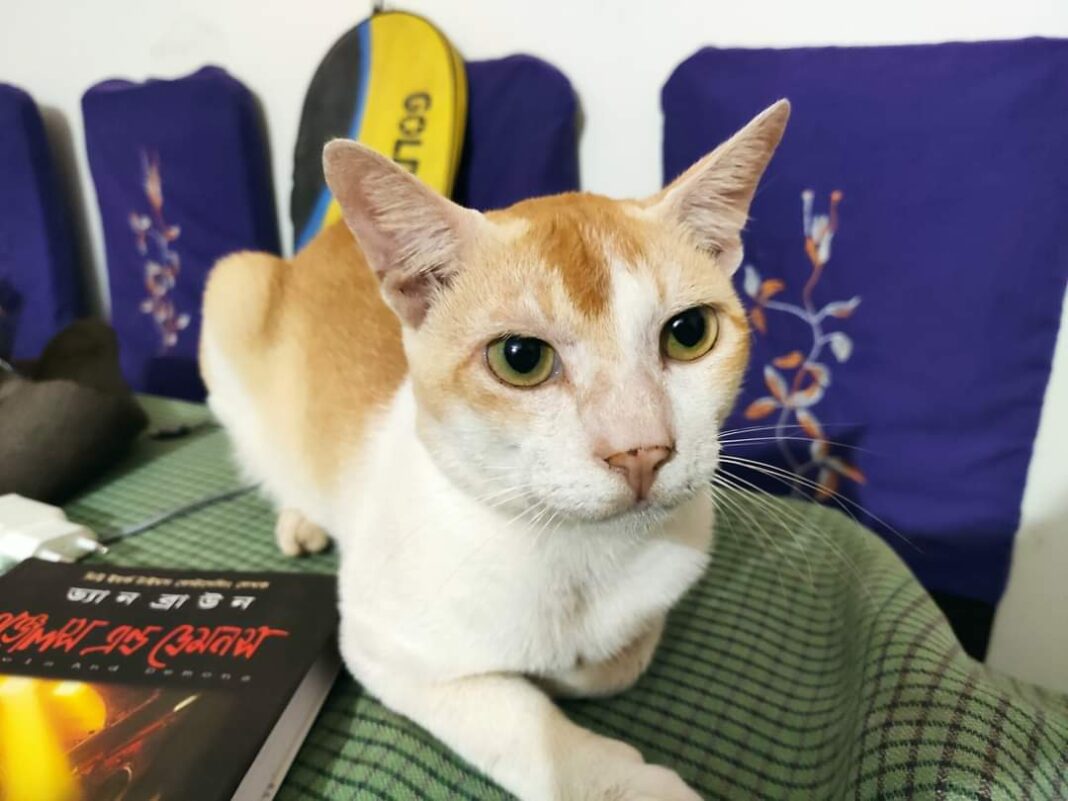Domestication is the process by which humans selectively breed and cultivate plants and animals for specific purposes. This process has been ongoing for thousands of years and has played a crucial role in shaping human societies and cultures around the world. In this article, we will explore the history of domestication, its impact on human society, and its potential future implications.
Table of contents
Definition
Domestication is the process of selectively breeding plants and animals to produce desirable traits for human use. This can involve controlling breeding, modifying habitat, and providing food and protection to ensure the survival and reproduction of domesticated species.
History of Domestication
The origins of domestication can be traced back to the Neolithic era, around 10,000 BCE, when humans began to transition from hunter-gatherer societies to settled agricultural communities. This period saw the emergence of early domesticated plants such as wheat, barley, and peas, which were selectively bred for higher yields and greater resistance to pests and disease.
Over time, the process of domestication expanded to include a wide range of plants and animals. In addition to grains, early humans also domesticated fruits such as grapes, figs, and olives, as well as livestock such as cattle, sheep, and goats. These domesticated species provided a reliable source of food and other resources, allowing human societies to grow and thrive.
The impact of domestication on human society was profound. With the ability to cultivate crops and raise animals for food, humans were no longer solely reliant on hunting and gathering for sustenance. This allowed for the development of more complex societies and cultures, as well as the specialization of labor and the rise of trade and commerce.
The process of domestication also had ecological and environmental impacts, as humans modified the landscape and ecosystems to suit their needs. For example, the clearing of forests for agriculture led to the loss of habitat for many species, while the introduction of non-native plants and animals disrupted local ecosystems and led to the spread of invasive species.
Future Implications
Today, domestication continues to play a critical role in human society, as we rely on domesticated plants and animals for food, clothing, and other resources. However, there are also growing concerns over the environmental and ethical implications of modern agricultural practices, which rely heavily on industrial-scale farming and the use of genetically modified crops and livestock.
As we look to the future, it will be important to consider the long-term implications of our domestication practices, and to explore new and innovative ways of cultivating plants and animals that are sustainable, ethical, and environmentally responsible. This may involve a shift towards more decentralized forms of agriculture, such as community gardens and urban farming, as well as the development of new technologies such as lab-grown meat and genetically modified crops that are more sustainable and less resource-intensive.
Conclusion
In conclusion, domestication is a process that has played a crucial role in shaping human societies and cultures throughout history. While it has had many positive impacts, such as providing a reliable source of food and resources, it has also had negative environmental and ethical implications. As we look to the future, it will be important to continue to explore new and innovative ways of cultivating plants and animals that are sustainable, ethical, and environmentally responsible.



 For all latest articles, follow on Google News
For all latest articles, follow on Google News